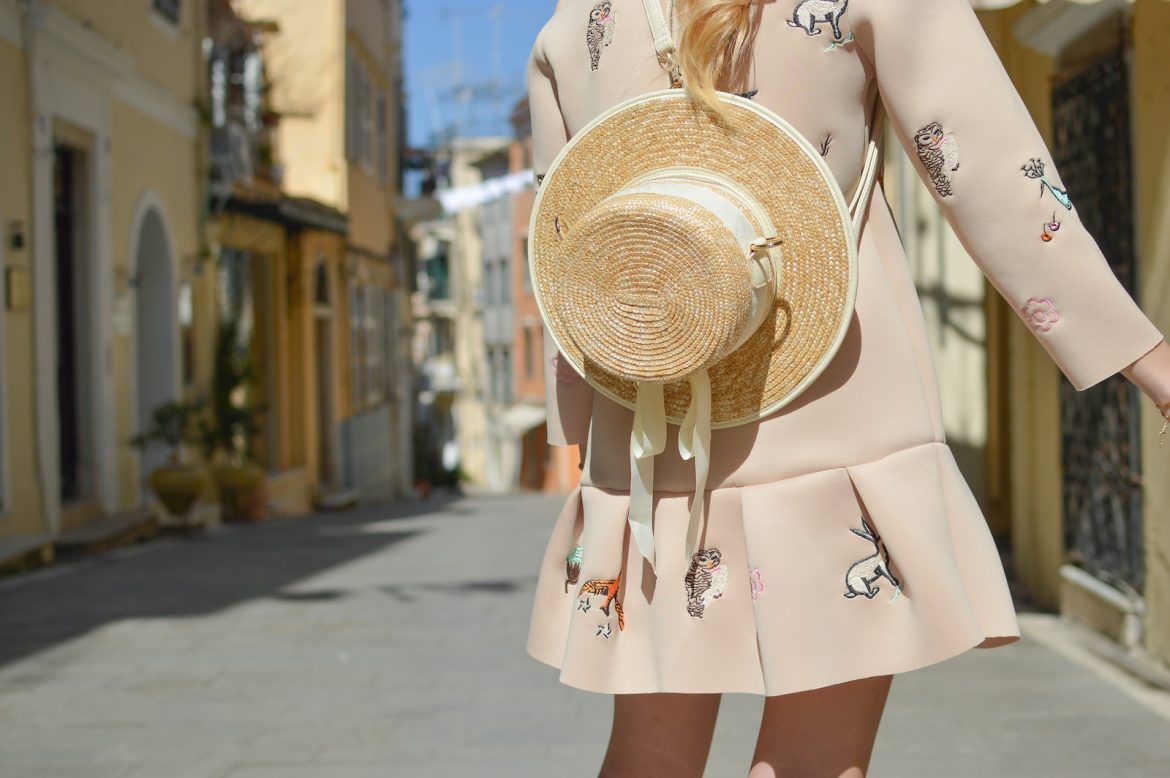In recent years, the fashion industry has seen a significant shift towards gender fluidity. This movement has been breaking down the traditional barriers between men’s and women’s fashion, allowing for a more inclusive and diverse approach to clothing and style. The concept of gender fluidity in fashion challenges the idea that clothing should be strictly categorized as either masculine or feminine, and instead encourages individuals to express themselves through their clothing in a way that feels authentic to them, regardless of their gender.
One of the key drivers of this movement is the rise of gender-neutral clothing lines and brands that cater to individuals who do not conform to traditional gender norms. These brands offer a range of clothing options that are not specifically designed for men or women, but rather for anyone who appreciates androgynous or unisex styles. This has opened up a new world of possibilities for individuals who may feel restricted by the traditional gender norms of the fashion industry.
In addition to the rise of gender-neutral brands, many mainstream fashion labels have also started to embrace gender fluidity in their collections. This can be seen in the increasing number of gender-inclusive fashion shows and campaigns, as well as the use of non-binary models to showcase their clothing. By featuring a diverse range of models and styles, these brands are challenging the notion that fashion should be limited by gender, and instead are celebrating the beauty and diversity of all individuals.
The impact of gender fluidity in fashion extends beyond the runway, as it has also influenced the way people approach their personal style. More and more individuals are embracing and experimenting with clothing that may have been traditionally associated with the opposite gender. This has led to a greater sense of freedom and self-expression, as people are no longer confined by the expectations of what they “should” wear based on their gender.
Despite the progress that has been made, there is still work to be done in breaking down the barriers of gender in fashion. Many individuals still face discrimination and prejudice based on their choice of clothing, and there is a need for greater acceptance and understanding of gender diversity within the industry. However, the growing movement towards gender fluidity in fashion is a step in the right direction, and it is paving the way for a more inclusive and diverse future in the world of style and clothing.




